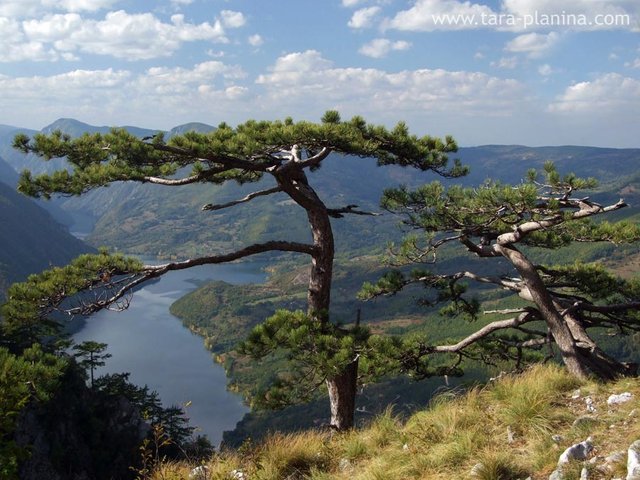Endemic plants from Balkans discovered by Josif Pancic
I wanted to present you some species of plants and animals that are unique for my part of the world (Balkans).
It will be more story-telling, a bit different than my usual STEM posts.
Once upon the time…
Our story goes back to the middle of XIX century. Balkan nations had just started to gain their independence from the Turkish rule. One of the most important questions for the young Kingdom of Serbia was – the education and establishment of the University.
One of the people who came to help was Josif Pancic, born in Croatia, Austro-Hungarian Empire at that time.
He was a medical doctor, but also the passionate botanist and interested in minerals. This was not unusual for the XIX century science because the disciplines were still young, one could be a bit of everything.
Josif came to Serbia and he knew that there is the word for some tree. It was the “omorika”, tree known from old folk traditions, but the people of the time were thinking that it’s just some synonym for the pine or spruce.
As the word existed, he spent years looking for the living legend, but he hasn’t found it.

Images from Tara Mountain
But he was decisive and sent the open call, for all the people in the kingdom to send everything pine-like to the University.
His office soon became full of samples, most of them just common species but than… He found it! There was a sample, branches from Western Serbia, Tara Mountain. It was different from all other spruce-like species, thus it must be the mythical “omorika”.

Source
But unfortunately, he couldn’t pinpoint the location of the sender, so he kept roaming, once a year, for about 10 years until he finally found it, in all its elegance and height between 20 and 50 m.

Image
This plant can be considered to be a living fossil. Similar species were present on the Earth in the Tertiary (65 - 1.8 Mya) period, but today populations exist in Asia, North America, Northern Europe, and the small isolated population in Serbia/ Bosnia, that came in Pliocene (5.3 - 2.6 Mya) or Pleistocene (2.6 - 0.012 Mya) and survived the Ice-Age.

The analysis of the mtDNA showed that the Picea omorika was not the relative of the common, European Picea abies, but rather the relative of the Picea rubens from North-East America.

Story of a Phoenix
Our second plant is the Ramonda serbica, a little flower that is hiding all over the Balkans in the canyons and gorges.

Although it looks fragile, it has remarkable skill. It can be completely dried but the single drop of water starts its metabolism and the plant grows again. We had some experiments with EPR spin trapping and even after a single drop and several minutes, it was possible to detect normal presence of hydroxyl radical.

Wiki page
Britain uses poppy flowers, common in the fields of Flandres (Northern France) as the symbol of WWI victory. And for Serbia, Ramonda was a perfect choice, as its army completely retreated from its own county in winter 1915/16, crossed the Albanian mountains on foot. Went to Greece and then fought its way back home.

Image
More about the Josif Pancic
Besides 2 plant species I described to you, Josif Pancic have discovered 100 more species (102 in total) and described about 2.500 plant species.
Serbian Institute for the plant medicine was named after him.
And the highest peak of his favorite mountain, Kopaonik, got named after him.
And Kopaonik became the national park thanks to his work.
If you like this article, I could present some more interesting plats from Balkans:
Sources:
• About Josif Pancic link 1, link 2
• Institute Josif Pancic
• About Ramonda link 1, link 2 , link 3
• Aleksic, Jelena M., and Thomas Geburek. "Mitochondrial DNA reveals complex genetic structuring in a stenoendemic conifer Picea omorika [(Panc.) Purk.] caused by its long persistence within the refugial Balkan region." Plant Syst Evol 285 (2010): 1-11. pdf
Ran, Jin-Hua, et al. "Mitochondrial introgression and complex biogeographic history of the genus Picea." Molecular phylogenetics and evolution 93 (2015): 63-76. pdf
Majer, P., et al. "Evaluation of procedures for assessing anti-and pro-oxidants in plant samples." Analytical Methods 8.28 (2016): 5569-5580. pdf
Follow steemSTEM

And the regional branch, the home of those species, yu-stem





wonderful picture.
More pics